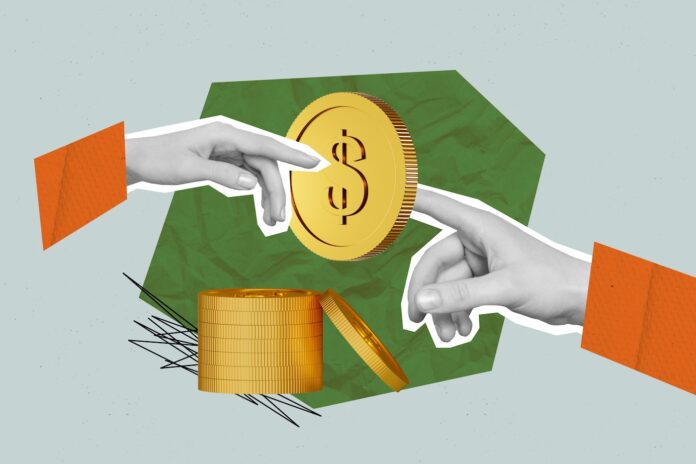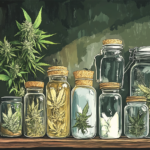As new states open their doors to the cannabis industry, companies that win licenses are faced with some important choices regarding where and how they will conduct business—namely, whether they want to operate in the medical markets, adult-use markets, or both.
While traditional medical markets often are a first step for companies hoping to stake a claim in restricted-license states, they can be an expensive gamble without a large and growing patient population. Adult-use markets, particularly on the West Coast, also pose risks, including saturation and a glut of products that can lead to vicious competition.
For companies evaluating any state, whether an existing or new market, one of the most important data points to monitor is the price for similar products in medical versus adult-use shops. As more states come online, some notable trends reveal a predictable trajectory for both medical and adult use as the markets mature. In some states, retailers must choose medical or recreational licenses. In others, licenses are unrestricted and companies may opt to operate as medical, recreational, or both.
BDSA recently published a report comparing medical and adult-use markets. In Missouri, which launched medical sales in late 2020, prices have fallen faster over the past year and a half than in any other market. According to Brendan Mitchel-Chesebro, an analyst for the firm, the price drop is primarily due to an increase in the number of licensed cultivators at the same time existing cultivators increased their output.
“I think that’s been a big factor in what leads this trajectory of price drops,” Mitchel-Chesebro said. “And one trend we’ve come to expect is that medical states start with higher prices and then have a gradual decline. As the demand picks up with the launch of adult use, prices do rise a little bit going into the adult-use era before normalizing and sort of flattening out again.”
Michigan recently went through exactly that pricing cycle. The state’s Cannabis Regulatory Agency reported the average retail price for an ounce of flower dropped dramatically between November 2020 and November 2022, from about $376 to $95—a 75-percent decline. By mid-2022, the average prices for flower in the medicinal and adult-use markets were very similar: $102 and $95 per ounce, respectively.
Another interesting takeaway from the BDSA report? Flower and dabbable concentrates make up a larger percentage of sales in medical markets. Across the aggregate of all markets tracked by BDSA, medical markets saw flower bring in a 42-percent share of dollar sales in the fourth quarter of 2022, while adult-use markets saw flower make up a 37-percent share of dollar sales. In Colorado, where medical patients have access to a wide range of edibles (including high-dose edibles), flower made up a 48-percent share of dollar sales in the medical channel in 2022’s fourth quarter, compared to a 36-percent share of dollar sales in the Colorado adult-use channel over that same period.
“One aspect is that the adult-use states generally are more mature markets, so you see more sophisticated consumers and different types of consumers,” said Mitchel-Chesebro. “So that’s a big driving factor.” But he speculated a few additional differences may account for the disparity:
- A larger variety of products are available in the adult-use market, where brands are trying to appeal to a wider range of people in a variety of demographics.
- Regulators in medical markets are more likely to restrict products until activists, doctors, and patients lobby for an expanded range of choices.
- Dosing is more established with inhalable products than with edibles and other recreational products.
Another notable trend: As adult use drives new growth in cannabis markets across the United States, it has a domino effect on growth in the global market.
“Something that’s important to keep in mind, especially as we’re seeing more markets in the South and Midwest open up, is legal markets are providing access to all the surrounding states that don’t have legal access,” said Mitchel-Chesebro. “There are something like 21 million people who live around Missouri who don’t have legal access, and they’re going to be a big piece of the growth going forward. That’s one of the reasons we think these emerging adult-use markets that are just launching now or in the next couple of years are going to be the biggest contributors to overall U.S. growth. And that is going to drive global growth, because the global industry is kind of driven by the U.S., and the U.S. industry is driven by adult use.”











[…] Retail trends generally roll in waves, but the waves look more like oscillations in the cannabis industry. Michigan is an excellent example. By 2016, before the state legalized adult use, retailers and speculators were snapping up storefronts at three to five times the going rate. That enthusiasm was unsustainable. Today, you’ll still find dispensaries paying twice as much per square foot as their nearest neighbor, but you’ll also find them paying a lot less. […]